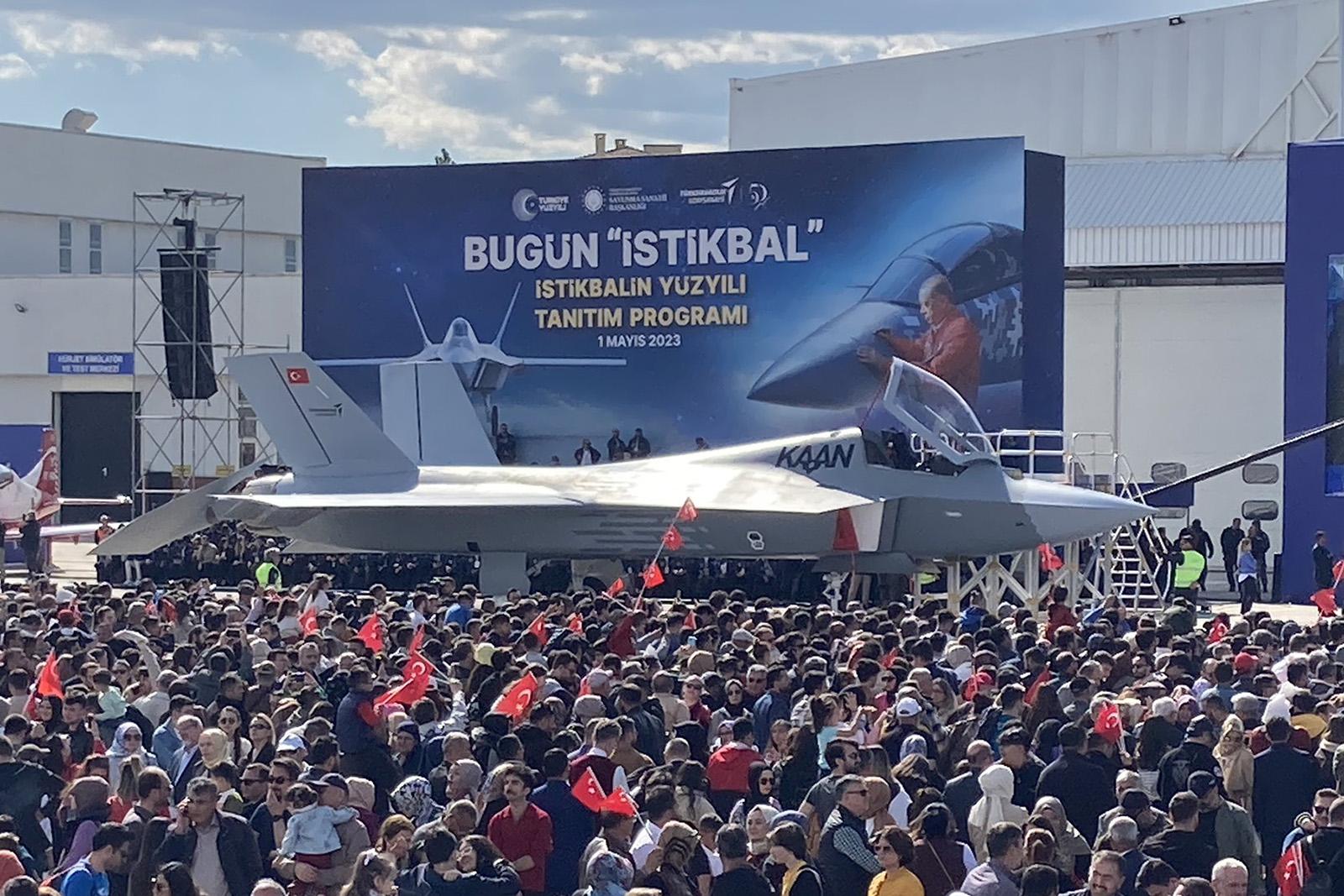
Kaan
Credit: Tony Osborne/Aviation Week
ANKARA, Turkey—Turkish President Recep Tayyip Erdogan formally named the country’s new TF-X indigenous fighter on May 1 as the aircraft was being publicly unveiled for the first time. Christening the aircraft Kaan—Turkish for king—Erdogan said it represented a “dream that the nation had been...
Subscription Required
This content requires a subscription to one of the Aviation Week Intelligence Network (AWIN) bundles.
Schedule a demo today to find out how you can access this content and similar content related to your area of the global aviation industry.
Already an AWIN subscriber? Login
Did you know? Aviation Week has won top honors multiple times in the Jesse H. Neal National Business Journalism Awards, the business-to-business media equivalent of the Pulitzer Prizes.





